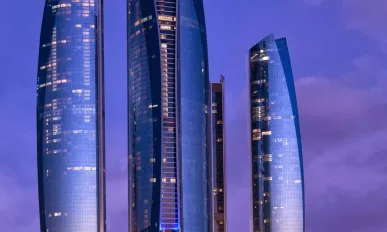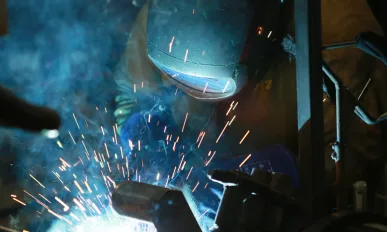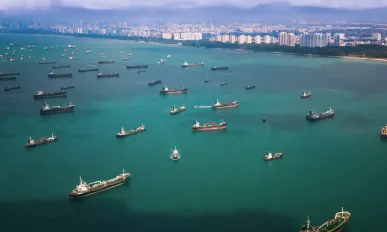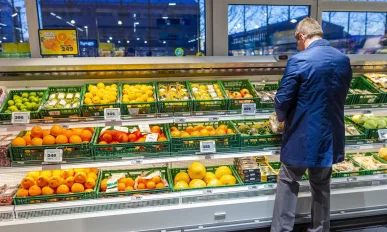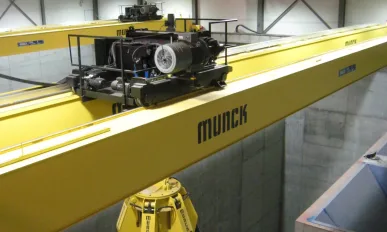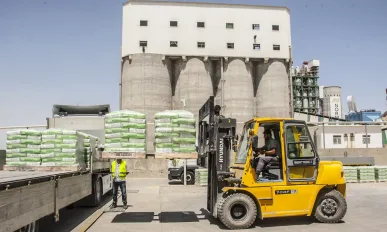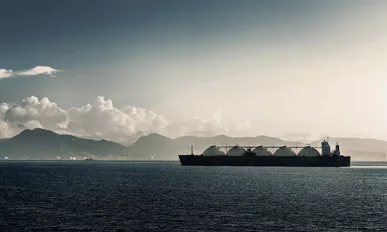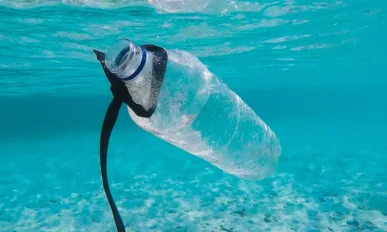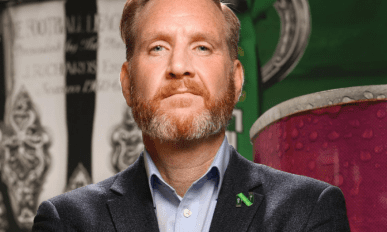Issue 32
Voltas : Empowered by Expertise
Drawing on a rich Indian heritage, Voltas has been transferring formidable levels of MEP contracting knowledge into the GCC, proven by a rich track record and a pipeline of projects that continues to grow.
Alusystem : Cutting Edge
A dynamic, 16-year evolution has seen Alusystem rise to pre-eminence in Romania’s construction industry. Razvan Popa tells the façade specialist’s story.
Dico si Tiganas : Raising the Bar
Dico Si Tiganas is uplifting the industry through a series of large-scale developments for a mixture of clients.
Echo Marine Group : Wind in the Sails
Having proven itself and Australia as a viable alternative to the traditional European establishment, Echo Marine Group is poised to serve the growing demand across Asia Pacific for superyachts.
Futaba Czech s.r.o : Accelerating Automotive Excellence
Striking the balance between innovation and consistency, auto manufacturing specialist Futaba Czech s.r.o has established an esteemed reputation by providing quality at a lower cost.
Inchcape Shipping Services : Global, Local, Transparent
By adding a global, technology-enabled layer of transparency to shipping agency operations, Inchcape Shipping Services continues to gain the trust of clients to manage their vessels and cargo the world over.
Kronan : Putting the Green in Grocers
Iceland’s leading discount supermarket, Kronan, has established itself as an exemplary industry figurehead, stocking its shelves with progressive products and grocery goodness.
Moelven Limtre : Timber Titan
Moelven Limtre continues to champion glulam as a viable building material, acting as a key supplier to Norway’s construction industry.
Munck Cranes : Uplifting Global Industries
Munck Cranes is raising the bar across global industries with its technologically enabled, innovative, multi-faceted solutions.
Norm LLC : Laying the Foundations for Change
Norm LLC, the largest cement producer in the South Caucasus, is facilitating cement-empowered economic diversification for both Azerbaijan and the wider region. Henning Sasse tells its story.
Wawel SA : Modern Tastes
Wawel has been making confectionery for more than a century, the key to its longevity being the ability to move with the times.
Lenovo : Q&A With Claire Carter, Marketing Director for MEA
Claire Carter, Marketing Director for MEA, Lenovo chats about the business benefits of having more women in the tech industry and why Lenovo sees this as a priority.
Carla Johnson : Zombie Apocalypses, Gorillas and Innovation
Carla Johnson speaks to us about the importance of innovation as a driver for growth, which she illustrates with gorillas and zombies.
Event preview: Jeddah Health 2019
Jeddah Health is Saudi Arabia's premier healthcare exhibition and conference, to be held on October 7-9, 2019 at the Hilton Hotel, Jeddah, Saudi Arabia.
Lisbon, Portugal : Business Travel Guide
Sat in the estuary of the Tagus River, Lisbon is the westernmost capital city in continental Europe and serves as Portugal’s chief port, largest and capital city, and commercial, political and tourist centre.
Inchcape : Transforming the Shipping Industry
A preview of our interview with Frank Olsen, present-day CEO of Inchcape Shipping Services, which is featured in issue 32 of EME Outlook.
Tetra Pak : Turning the Tide on Plastics
We talk to Erik Lindroth of Tetra Pak about Blue Planet II and the importance of prioritising sustainability to protect the oceans from single-use plastics.
Carabao : Challenging the UK Energy Drink Establishment
We catch up with John Luck, Chief Marketing Officer of Carabao, about challenging the UK energy drink market and taking on global heavyweights.



